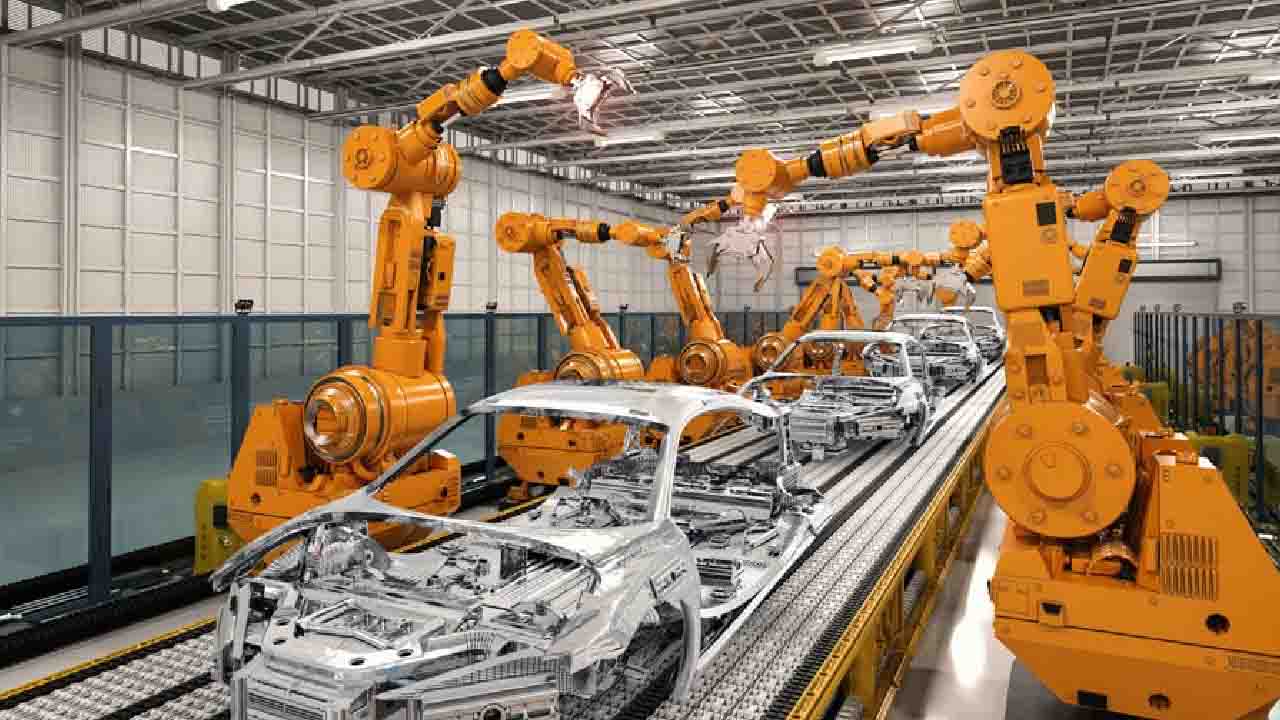By Wasana Nadeeshani Sellahewa
(Commonwealth) _ Because of automation, robotics in manufacturing is being applied in a variety of different domains. Robot uses in manufacturing include welding, assembling, transportation, raw material handling, and product packaging. As a result, an increasing number of firms are utilizing robotic automation for a variety of operations. Are robots too pricey for your business? Or is your company too tiny to benefit from robots? Is it difficult to program and operate manufacturing robots? Will it put human workers out of work?
The introduction of numerically controlled machinery and the growing popularity of computers enabled the development of the first industrial robots. Griffith “Bill” P. Taylor invented the first industrial robot that fulfilled the ISO standard in 1937.
It featured a single electric motor and was built to look like a crane out of Meccano components. Grabs and rotations were two of its five movement axes. The robot was programmed to position wooden blocks in specified patterns using paper tape with holes punched in it that powered solenoids.
In 1954, George Devol filed the first industrial robot patent. His robot was capable of transporting objects within a radius of 12 feet or less. In, he established Unimation.
Almost all duties are now performed by robots in collaboration with human employees (co-bots). In manufacturing, robotics is utilized for repetitive operations and to optimize the assembly workflow. Many businesses require hazardous and time-consuming operations that might endanger human employees.
Furthermore, individuals might become exhausted and distracted after working long hours, which can lead to harm or mistake. Because of their high level of machine learning, manufacturing robots cannot assist these businesses in eliminating such errors.
The Tesla Gigafactory is one of the most modern factories ever created, employing self-navigating autonomous vehicles capable of unrestricted mobility to transport commodities between workstations. Robotic process automation (RPA) is a new technology with several applications in a variety of industries. Such robots can mimic human thinking, speed up activities, and alter industries. Technology may act as an extra employee in various supply chain areas, cooperating with back-office operations and IT systems to accomplish repetitive tasks such as purchase management orders and invoicing processing.
According to a Capgemini survey, 91% of respondents said that RPA could save organizations time on boring procedures, while 84% of RPA users stated that robotics could significantly reduce costs. This is only one of many reasons why robot applications in manufacturing have a bright future. This industry’s estimated need for advanced robots will likely exceed $3.7 billion by 2021.
As a result of growing sales, manufacturing robot applications now require less time and cost less money to manufacture. They are outfitted with quality enhancements and regulated safety standards incorporated into cutting-edge facilities, saving money on labor costs and unnecessary downtime, and they can operate constantly, increasing production and decreasing downtime. Robots may be scaled down to be used in expanding businesses and in high-production, high-volume applications. Modern robots can be used in low- to medium-volume industrial settings. They may now be quickly programmed and set up for new activities, thanks to recent advancements. They may be used in a variety of places across manufacturing plants thanks to transportable bases.
There are two basic techniques to program robots nowadays. The first method, known as offline programming, allows a user to model a whole cell or work area and design the sequence of operations required to complete a task. The second method uses a teach pendant, in which a programmer or engineer instructs the robot through a sequence of activities. After that, the instructions may be stored and updated as required.
Robots cannot do all tasks. A person can only complete certain jobs. If your human employees aren’t distracted by activities that computers could do, they’ll be more available and productive. They can connect with customers, react to emails and social media comments, aid with branding and marketing, and sell products.







